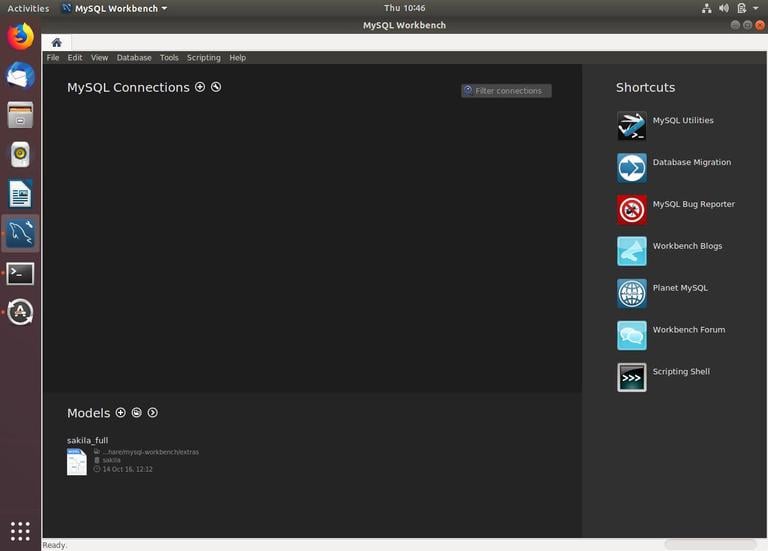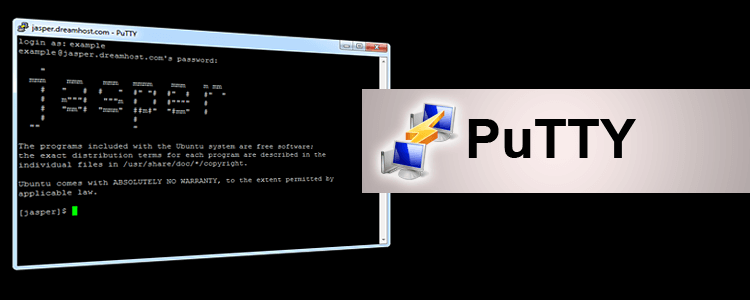

- Mysql command line ssh tunnel to remote server password#
- Mysql command line ssh tunnel to remote server plus#
- Mysql command line ssh tunnel to remote server download#
That is all, enjoy the possibility to work from home. Remember that if you close Putty, the connection will also close.
Mysql command line ssh tunnel to remote server password#
When everything is set, click the OK button and save the newly created connection.Ĭonnect to your mySQL server by clicking on the newly created connectionĪnd then enter the password for the user that you connect as. You should also enter a username that you will use to connect to mySQL, this can be root but it is not neccesary. If you followed the instructions earlier and set the same values for the tunnel settings in putty as the screenshot the hostname and port should be set to 127.0.0. In the dialog box we need to set a name for this new connection and a hostname and port that we will connect to.
Mysql command line ssh tunnel to remote server plus#
Open mySQL Workbenchand in the top left corner you will see thisĬlick that small plus sign to add a new connection

Leave Putty open, you can minimize it but whatever you do, don’t close the connection. Graphical X11 applications can also be run securely over SSH from a remote location. For example: Connect with Terminal (for Linux and MacOS) 1. This connection can also be used for terminal access, file transfers, and for tunneling other applications. We can now connect to a database on the Shared Hosting server using the Client-side MySQL details with any MySQL client. Now we are ready to connect to the server, click the Open button and you will be able to login to your server. The ssh command provides a secure encrypted connection between two hosts over an insecure network. The destination (4) should be set to 127.0.0.1:3306 unless you have changed the listening port of mySQL.Ĭlick the Add button and the newly entered values will be stored in the text box above. Click Tunnel (2) as it now will be visible.įill in the local port (3) that you will be connecting to on your own computer. Now exand the SSH option (1) under Connection on the left side of Putty. Start Putty and add your IP or domain name in the highlighted area. Let me show you how with a couple of screenshots. This is where we use Putty and its ability to tunnel traffic. That raises another question, how can we connect from home as monty if we tell mySQL Server to only accept connections from localhost? Monty would still have access to all database to do as he pleases but he can only do it from localhost. Click the Generate button when you’re done.ĭon’t forget to click the Save button before you click Open, otherwise, you’ll be repeating the process once you close and run HeidiSQL again.Mysql > GRANT ALL PRIVILEGES ON *. Afterwards, make sure that the Type of key to generate is set to RSA and also, you can enter a Key passphrase if you want. Run puttygen.exe and click the Conversions menu item and then click Import key and then select the id_rsa private key file. The executable file can be found under the Alternative binary files section.
Mysql command line ssh tunnel to remote server download#
If you currently don’t have one, download puttygen.exe here in order to generate one. Set the Private key file to the path of the id_rsa.ppk file. This includes commands in scripts and applications that. Increase or decrease the plink.exe timeout value or just leave the default value. Now any MySQL commands that you run locally will be tunneled through SSH to your remote MySQL server.Enter the database username and password credentials.

The 192.168.123.0 host IP address is just a placeholder, replace it with an actual one. We’re using localhost as the hostname because we are directly accessing the remote mysql server through ssh.
(You can do the same thing graphically in Putty or SecureCRT options if you need to) The syntax is ssh -L

 0 kommentar(er)
0 kommentar(er)
